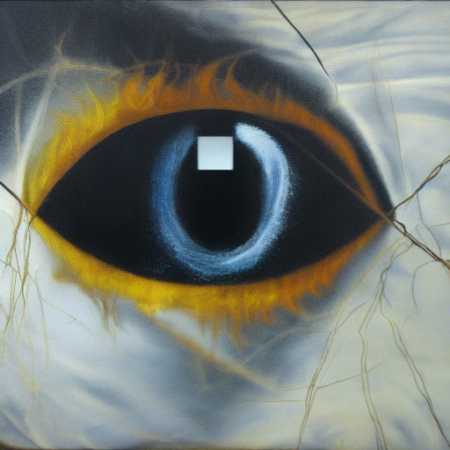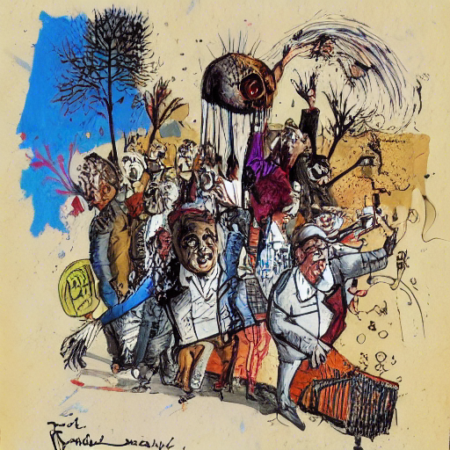One of my side diversions during the PhD has been developing a Sherlock Holmes pastiche where he crosses paths with Isambard Kingdom Brunel.
In my experience, Lyndsay Faye is the best modern writer of Holmes stories. I have listened to her Dust and Shadow three times on Audible, and I enjoyed The Whole Art of Detection: Lost Mysteries of Sherlock Holmes. I’m presently reading the copy of Observations by Gaslight which I found at Seeker’s Books, and I found the chapters by Irene Adler and Wiggins superb.
I have assembled quite a collection of things which I ought to read before finalizing my pastiche. That would need to include William Baring-Gould’s 3-volume annotated edition of the canon, as well as Leslie Klinger’s Sherlock Holmes Reference Library. I should also read Ronald De Waal’s The Universal Sherlock Holmes; Jack Tracy’s Encyclopaedia Sherlockiana; Steve Clarkson’s Canonical Compedium; Edgar Allen Poe’s three Dupin stories; and Francois Eugene Vidocq’s memoirs.
I also have reading to do on subject matter specific to my story, notably the Pop society at Eton and more about Brunel himself.
Of course this is all a back-burner project for amusement and creative relaxation. I expect that I will have either a week or a month’s worth of revisions to make to my PhD dissertation after my defence on December 2nd, and I have substantial work to do in deciding how to sustain myself and make a difference on climate change post-PhD. I’m fine with the Holmes/Brunel project living on similarly to my space shuttle screenplay: something to motivate a bit of background research and creative thinking, but with no definite plan for completion at any time.










